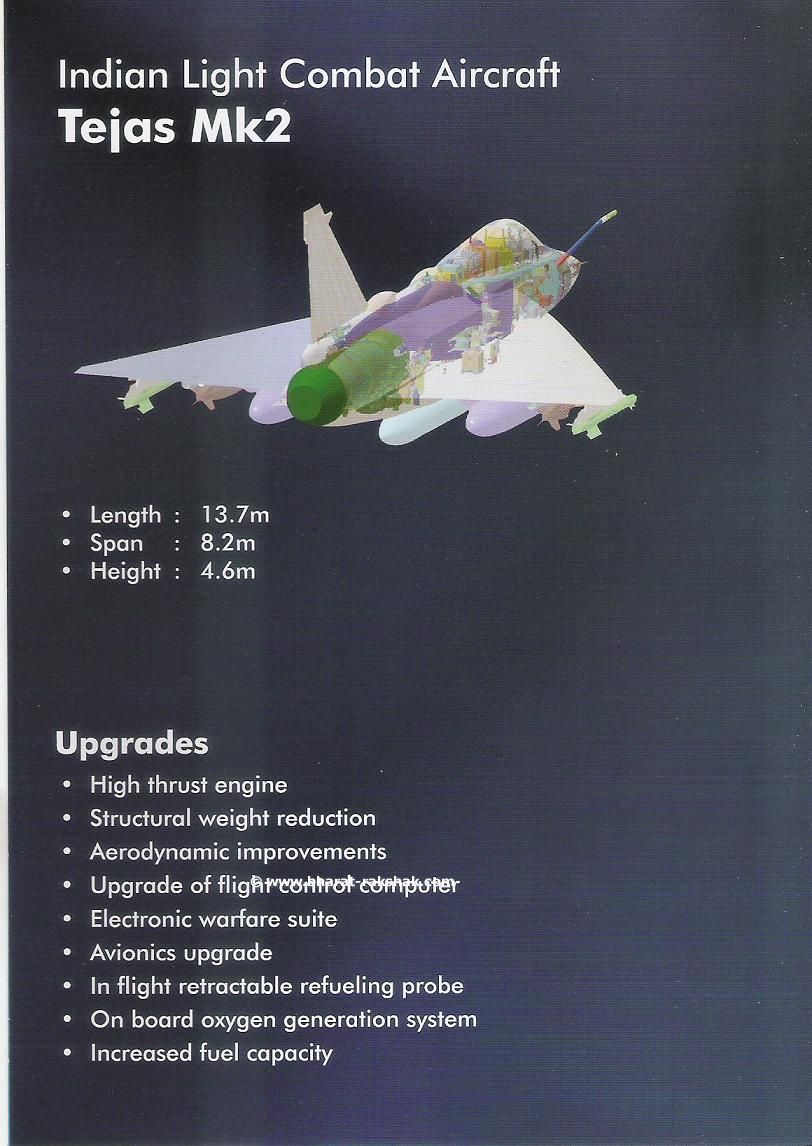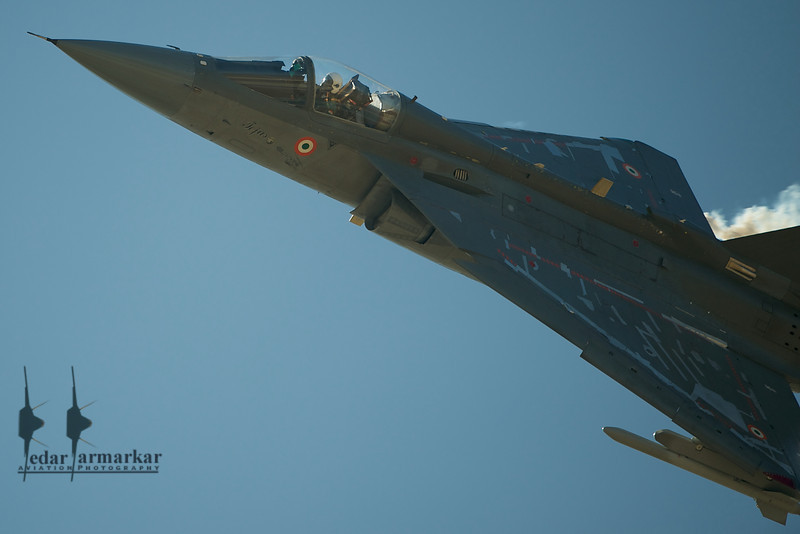By 1953, Convair's engineers had developed the YF-102 Delta Dagger, a radical design that lacked a horizontal tail and featured a large, sharply swept delta wing. Wind tunnel tests of small-scale models indicated that the aircraft could accelerate through Mach 1 (the speed of sound) with relative ease, rather than "punching" through it like earlier experimental planes that had to burn a lot of fuel to go faster than Mach 1. However, the first prototype unexpectedly encountered immense drag as it approached Mach 1. This so-called "transonic" region presented a major problem for the aircraft.
Near the same time, Richard T. Whitcomb, an aeronautical scientist at the National Advisory Committee for Aeronautics (NACA), was studying transonic drag. Whitcomb developed what he called the "supersonic area rule." This theory stated that aircraft that would fly at supersonic speed should increase in cross-sectional area from a pointed nose.
Anything that protruded into the air stream, such as the canopy over the cockpit, wings, or tail, should be accompanied by a reduction in cross-section elsewhere. In 1954, Whitcomb, who was then only 33-years old, was awarded the prestigious Collier Trophy for this contribution to aeronautics.
Convair's designers quickly applied the supersonic area rule to a new aircraft, the YF-102A, pinching the fuselage near its mid-point to give it a slightly hourglass (or Coke-bottle) appearance. This was a compromise for an existing aircraft; later airplanes included the area rule in their designs in much less obvious ways. When the first YF-102A with this new design took flight, it easily accelerated through Mach 1.
During the 1950s the delta wing was used on several aircraft that had a need for speed, including the B-58 Hustler and the cancelled XB-70 Valkyrie bomber. The Soviet Union used a delta wing for its failed Tu-144 supersonic passenger jet, and for its famed MiG-21, one of the most widely-used fighter jets of the Cold War. The French also adopted the delta for its successful Dassault Mirage III.
The two most famous current aircraft to use the delta wing are the Concorde and the Space Shuttle. The Concorde's delta wing made the plane's sustained cruising speed of Mach 2 possible. The Space Shuttle's wing, known as a "cranked delta" because the leading edge of the wing has a slight bend near its midpoint, is used for a different purpose. The Space Shuttle originally had what was known as a "high cross-range" requirement, which was the ability to glide for thousands of miles to either side of its flight path when landing. Conventional straight wings did not provide enough lift at high speeds and altitudes to achieve this type of range, and so the large delta wing was necessary.
While delta wings are critical to achieving high lift for supersonic flight, they also have a number of disadvantages for less high-performing aircraft. They require high landing and takeoff speeds and long takeoff and landing runs, are unstable at high angles of attack, and produce tremendous drag when "trimmed" to keep the plane level.
Of these disadvantages, pilots and designers usually consider the high landing and takeoff speeds the most important because they make flying the plane dangerous. Indeed, when the Concorde had its first ever crash in 2000, after two decades of safe operations, the high-speed takeoff was a factor in this terrible accident, for the plane's high ground speed before becoming airborne placed major stress upon the aircraft's tires, which exploded upon striking an object on the runway.
By the 1980s, except for the Concorde and Space Shuttle, the delta wing appeared headed for obsolescence. Its drawbacks made it unattractive and changes in fighter warfare reduced the requirement for sustained supersonic speed.
Few aircraft spend much time travelling at high supersonic speeds because it burns so much fuel, rendering the delta wing, which is primarily useful for supersonic flight, less attractive. But the computer and an additional flight control device called the canard and compound or cranked delta forms have rescued the delta wing from obsolescence.
Computer-controlled "fly-by-wire" flight control systems have allowed designers to compensate for some of the delta wing's poor control qualities. Canards are small horizontal fins (or small wings) mounted on the fuselage in front of an aircraft's main wings to provide greater control, particularly during high angles of attack. When they are part of a delta-wing aircraft, they improve its stability and manoeuvrability.
Several aircraft appeared in the 1980s and 1990s that incorporated both delta wings and canards. The latest delta-wing aircraft are the Swedish JAS 39 Grippen, the Dassault Rafale naval fighter (designed to be launched from the French aircraft carrier Charles de Gaulle), the Indian Light Combat Aircraft, or LCA, and the Eurofighter Typhoon.
The Typhoon, which had its first flight in the mid-1990s, is a joint European effort (Britain, Germany, Italy and Spain, with France withdrawing early) to develop an advanced fighter to replace a number of different aging aircraft in their air forces. Thus, the delta wing, which seemed destined for obsolescence, has gained a new lease on life.




























